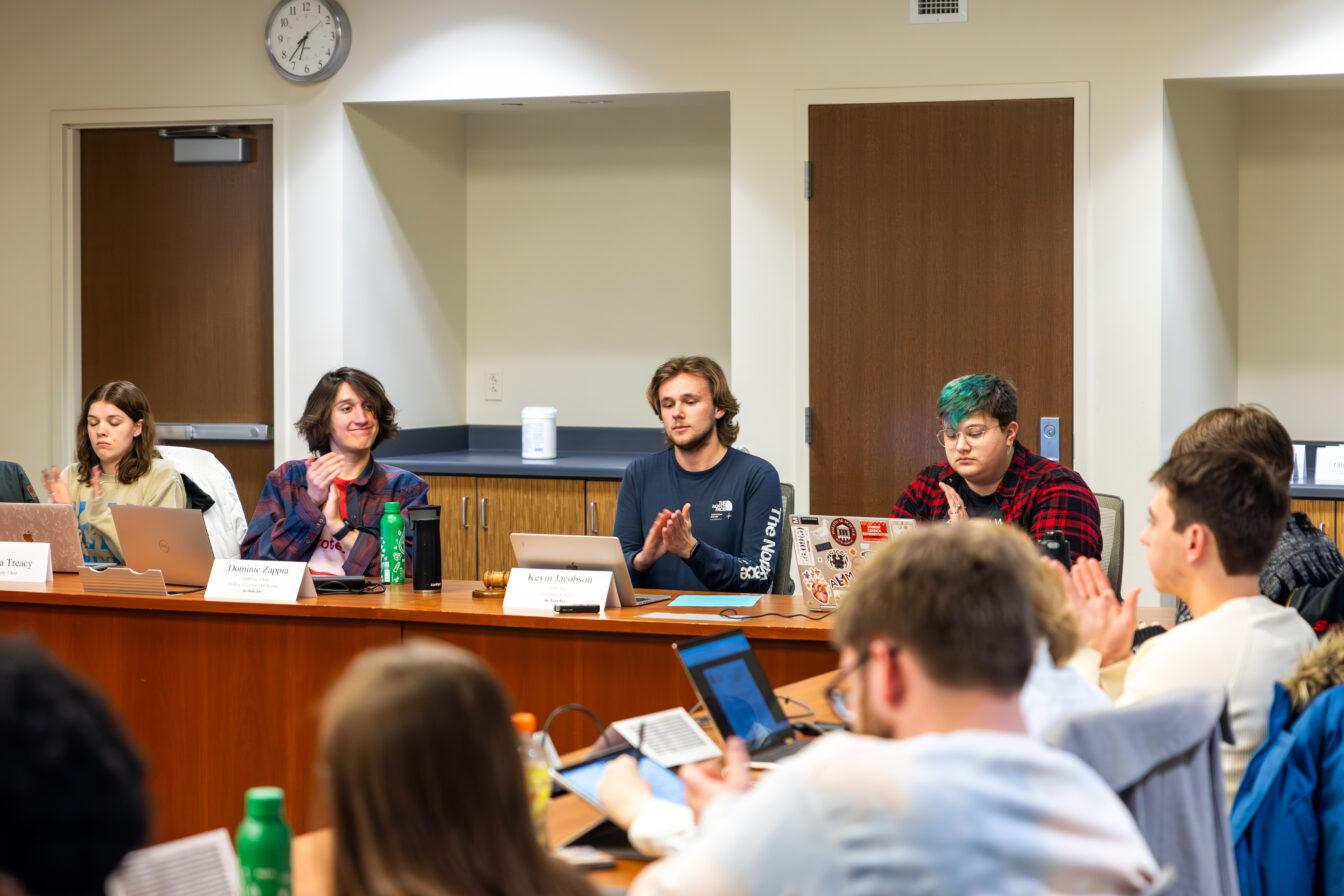Voter turnout in the last two Associated Students of Madison elections has been a measly 3%. In the Spring 2024 election, just 1,273 students out of the University of Wisconsin’s 48,557 total student body cast a vote via ASM’s online voting platform.
Historically, voter turnout for ASM elections has been much higher. Average voter turnout for ASM elections from 2012 to 2022 was 10.6%. Even during peak COVID-19 years turnout was about 7%. The disengagement of the student body in these recent elections warrants corrective action from ASM.
There are three major parties in ASM elections — the student body, ASM itself and the university. Ideally, ASM and the university would work together to promote elections and facilitate voting, and the student body would want to engage with their student government out of a sense of civic duty. In reality, the interests of these three parties are often in conflict.
The work of ASM often challenges university administrators, as increased ASM influence requires more student input in governance decisions. In Spring 2024, former Shared Governance Chair AJ Butler and former Chair Kevin Jacobson sponsored legislation to reclaim shared governance rights, allowing students to actively participate in policy formulation and review, thus giving them more say in university decisions.
While it’s in students’ best interest to engage with ASM and vote, many are too occupied with academics and extracurriculars to do so.
Similarly, though members of ASM have a duty to their position and their constituents, they are primarily focused on their own academics and what time they carve out for ASM activities is realistically only what they can manage after taking care of their own academic commitments.
Thus, to increase voter turnout for student government elections, ASM leaders will have to overcome a kind of three-pronged inertia — the university’s desire to be uninhibited by student government, the student’s rational ignorance regarding ASM activity and elections and the ASM member’s primary goal to succeed as a student.
Though it is understandable ASM faces significant challenges in convincing UW students to vote, it is nevertheless unacceptable that voter turnout numbers have been allowed to slip to as low as 3% for two consecutive years now.
One way ASM can increase voter turnout is by promoting the changing structure of Registered Student Organizations (RSOs). In April 2024, the Center for Leadership Involvement introduced a tier system for RSOs based on accreditations. RSOs would be ranked from one to three, with higher tiers requiring additional training and advisor involvement but offering more benefits like grants and early access to event tables. These changes significantly impact students, and ASM should better advertise them to boost engagement and input.
Similarly, past elections with hot topic referendums have generated enough excitement to significantly increase voter turnout. The 2014 ASM election contained a referendum to renovate the Nicholas Recreation Facility and Natatorium and improve the Near West and Near East playing fields and ended up having 34.4% voter turnout.
Another method to increase voter turnout would be to include a hot topic referendum on the ballot every year. Most policy recommendations and budget decisions made by ASM are largely shrouded in the administrative process and are too complex to be easily understood and championed by the student body, but a significant change like updating recreational facilities is a proven way to drive interest in ASM elections.
There are, however, two significant problems with this strategy. The first and most direct problem: students bear the financial brunt of referendums. The referendum to update campus recreational facilities ended up costing the average student an additional $71 in segregated fees per semester, according to UW News.
A simpler way of increasing voter turnout could be for ASM to communicate more with the student body. ASM maintains a monthly newsletter which students can subscribe to via the ASM knowledge base, and this must be promoted more through the ASM website’s home page.
Students can also subscribe to email updates from multiple ASM committees and access ASM social media. ASM’s Instagram account — their most active social media platform — only has 1,943 followers, and their Facebook account, which has 2,000 followers, has not posted since April 2023. ASM should be more actively promoting their social media accounts to reach a larger portion of the student body.
University officials and members of the student body should not be satisfied with the conditions on campus that have led to 3% voter turnout in the 2023 and 2024 ASM elections. The university could be doing more to promote ASM during university required events like SOAR, and students should take the time to make small changes like signing up for and reading the ASM newsletter.
But if ASM wants to act as an independent, decision making body, they cannot rely on the university to help them improve student engagement and voter turnout. It is up to ASM to better advance their existing methods of outreach and communication.
The university should also do more to point students in the direction of ASM resources. ASM should also do more to publicize hot-button issues that students should know and care about.
The bigger problem, it seems, is that their channels of communication themselves are not widely known or used. The average UW student knows nearly nothing about the operations or work of ASM, and it is difficult to blame a student for not making the time to dig through ASM archives to try to piece together what the student government is up to and find out how they are being represented.




